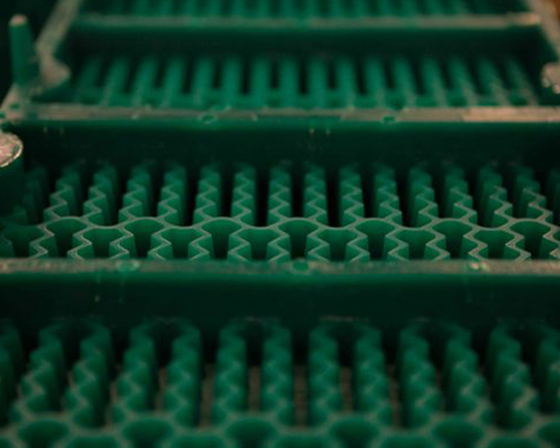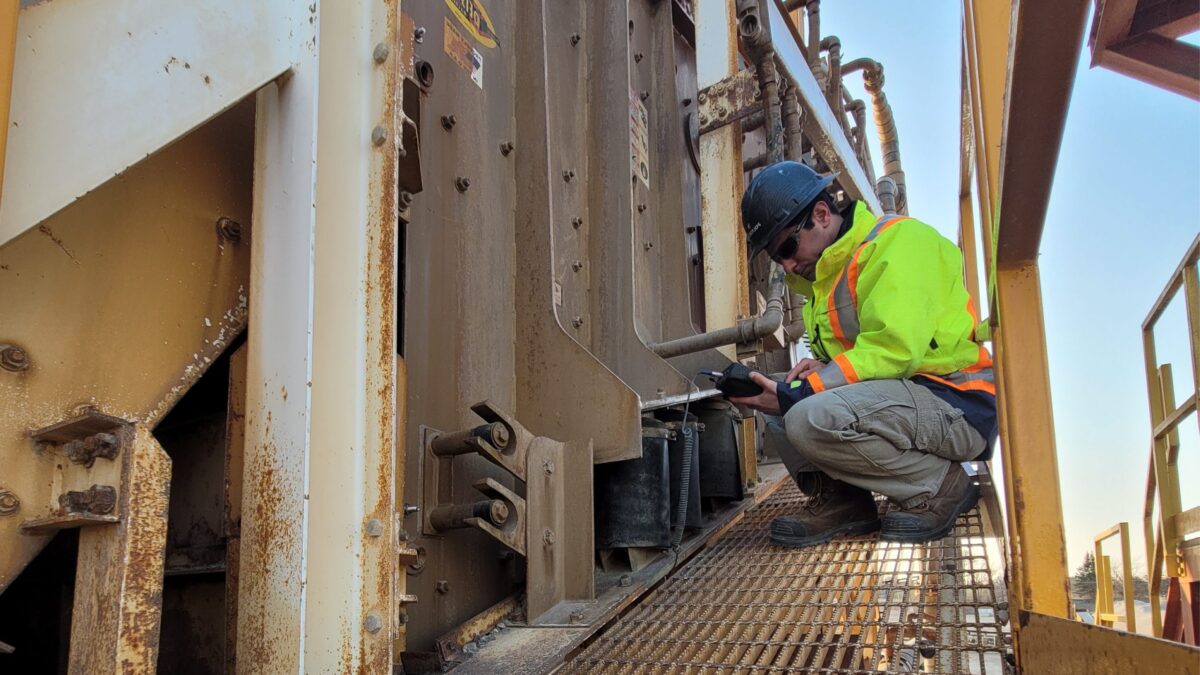March 3, 2021
Producers often turn to what has always worked and what they are accustomed to when it comes to selecting their screen media.
January 12, 2021
We’ve put together a list of must-have safety checks for you and your employees when it comes to your screen media systems – read more today. […]
January 12, 2021
Read about why Polydeck uses injection molding to manufacture our screen media. Screen media plays a crucial role in efficiently segregating or separating minerals. Without a […]
January 12, 2021
Control the quality of aggregate being produced by using modular synthetic media. Most operators already know there are huge benefits to synthetic media in terms of […]
January 12, 2021
Addressing the top 5 most frequently asked questions about screening. 1. I think there’s something wrong with my screen, but I don’t know if it’s worth […]
January 12, 2021
Learn the most important factors that you should take into account when selecting your screening equipment. When it comes to manufacturing screen media for aggregate, energy […]




